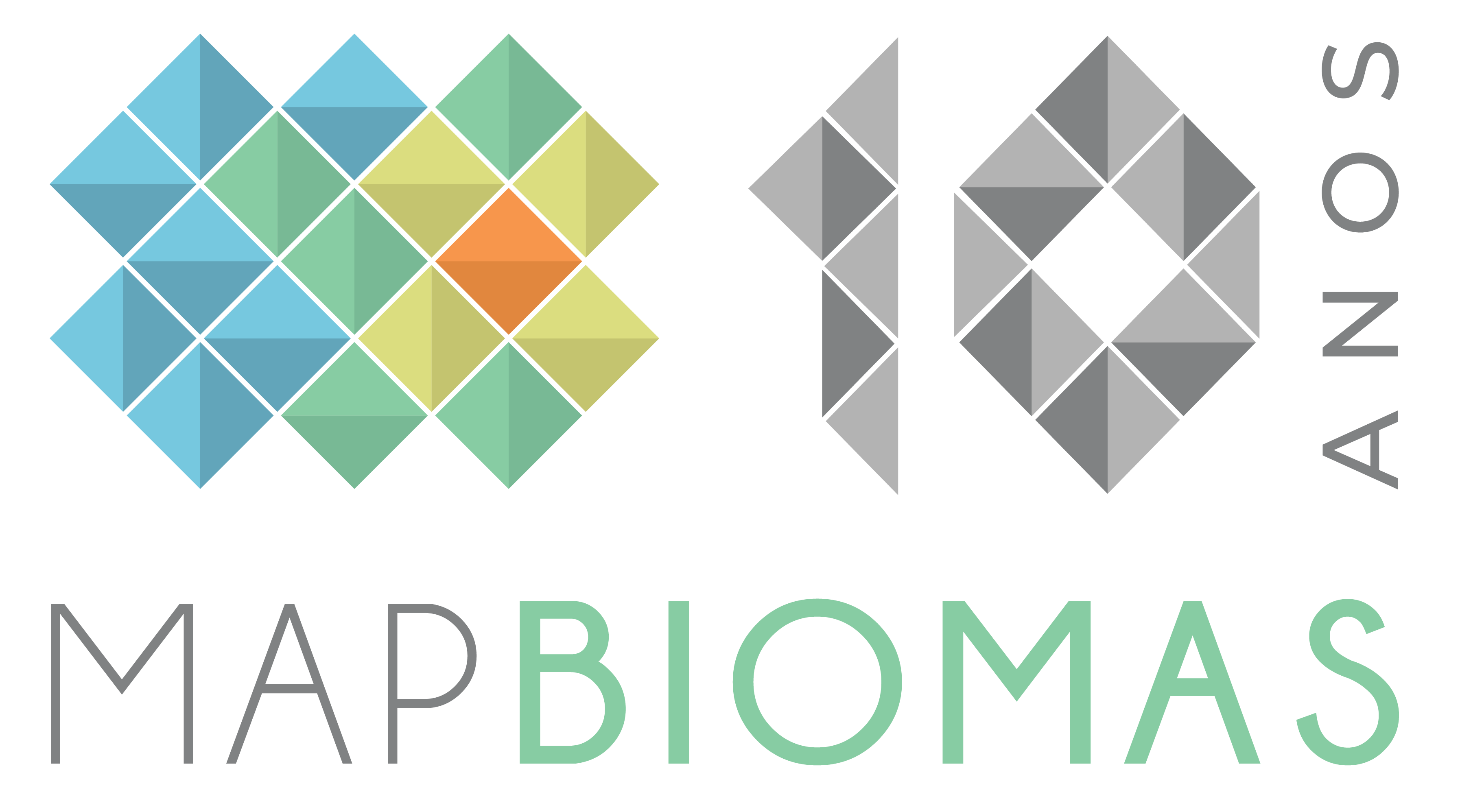An unprecedented survey by MapBiomas identified 2,869 airstrips within the biome
In a groundbreaking study, MapBiomas identified 2,869 airstrips in the Amazon, more than twice the number recorded by ANAC. According to geographical coordinates, 804 airstrips, or 28% of the total, are located within protected areas: 320 (11%) are within Indigenous Lands and 498 (17%) within Conservation Units. Additionally, 456 of these airstrips, or 15.8% of the total identified, are located within 5 km of a mining site. This percentage is even higher within Indigenous Lands: in the case of Yanomami Indigenous Land, 33.7% of the airstrips are within 5 km or less of a mining site; for Kayapó Indigenous Land, this percentage is 34.6%; for Munduruku Indigenous Land, it's 80%.
The ranking of airstrips in Indigenous Territories places Yanomami Indigenous Land (75 airstrips), Raposa Serra do Sol (58), Kayapó (26), Munduruku (21), and Xingu Park (21) in the lead. The correlation with the advancement of mining in the region is unequivocal: the Indigenous Territories most affected by mining were Kayapó, where 11,542 hectares were taken over by mining until 2021, followed by Munduruku territory, with 4,743 hectares, and Yanomami territory, with 1,556 hectares. The data is from The latest MapBiomas survey on mining and prospecting in Brazil. The Conservation Units with the highest number of airstrips, on the other hand, are APA do Tapajós (156 airstrips), Flona do Amaná (53), APA Triunfo do Xingu (47), and Floresta Estadual do Paru (30).
>> Acess the document with the mapping of airstrips and mining sites in the Amazon
The states with the highest number of airstrips in the Amazon are Mato Grosso (1,062 airstrips), Pará (883), Roraima (218), and Tocantins (205). However, it is in Pará where the four municipalities with the most airstrips are located: Itaituba (where 81% of the country's illegal gold comes from, according to a study by UFMG in cooperation with the MPF), São Félix Do Xingu, Altamira, and Jacareacanga with 255, 86, 83, and 53 airstrips, respectively. When the airstrips are classified by hydrographic basin, the list is led by the Tapajós basin (where mining has tainted the waters of Alter do Chão and where studies have already confirmed mercury contamination among riverside dwellers upstream), with 658 airstrips; Xingu, with 430 airstrips; Madeira, with 356 airstrips; and Negro, with 254 airstrips.
"There is a logistical problem intrinsic to mining, especially within Indigenous Lands and Conservation Units, where there are no major land or river access routes. This demands aerial access for supplying the mining operations and transporting illegal production. Whether by helicopters or small planes, through illegal airstrips or legal airstrips co-opted by crime, a large portion of Amazonian mining production is conducted by air. Therefore, identifying these airstrips embedded in the Amazon forest is an essential task to strangle illegal mining," explains Cesar Diniz, PhD in Geology and technical coordinator of the mining mapping at MapBiomas. "This database, publicly available and free of charge, pinpointing the location of airstrips, whether legal or illegal, throughout the entire extent of the Amazon biome aims to assist in the effort to eradicate clandestine airstrips and illegal mining," he adds.
In 2021, the Amazon biome accounted for over 91% of Brazilian mining. Over the past 10 years, there has been a 625% expansion of mining areas within Indigenous Lands (ILs), increasing from just over 3,000 hectares in 2011 to over 19,000 hectares in 2021. In Conservation Units (CUs), the situation is similar: the expansion of mined areas increased by 352% over 10 years, rising from 20,000 hectares in 2011 to just over 60,000 hectares in 2021.
At least 12% (23 thousand hectares) of Brazil's mining area is illegal, as it is located within Indigenous Lands or Conservation Units restricted to this activity (Strict Protection UCs, RPPN, and RESEX), and there is no provision in our constitution allowing mining in these areas. To put it into perspective, this extent (23 thousand hectares) is equivalent to the area of a capital city like Recife, in Pernambuco. "The number of airstrips and consequently, aircraft in use by mining, as well as the heavy machinery employed in the activity, indicate that Amazonian mining is no longer artisanal," emphasizes Tasso Azevedo, general coordinator of MapBiomas.
The mapping of airstrips was carried out by Solved, which also leads the mapping of Mining, Aquaculture, and Coastal Zone in MapBiomas. It provides a point-based database (made by pairs of X-Y coordinates), which was built through visual interpretation of high-resolution images (4-meter resolution - Planet), using monthly mosaics from 2021. In its first version, there was no distinction between authorized or unauthorized airstrips. "The survey will be continuously updated, and with each new version, it will achieve better spatial refinement and detailed metadata until the delineation of the airstrips, regularization status, extent, creation age, distance to the nearest IL or CU, and the main land use or coverage associated with the airstrip are incorporated into the database," explains César.
"At the beginning of the 1990s, the country was able to organize the removal of over 30,000 illegally settled miners within Indigenous Lands in the Amazon. It is necessary to repeat this achievement, but we must go further by sophisticating the ability to track the gold production chain, geolocating the heavy machinery, which is always used by mining activity, monitoring in real time the signs of mining expansion in restricted Indigenous Lands and Conservation Units, and permanently protecting these territories. Equally important is controlling the sale of metallic mercury, a substance that is illegal but, despite this, is widely traded for mining purposes. It will also be necessary to restore degraded ecosystems," recommends Tasso Azevedo.
>> To view the data, please visit: https://plataforma.brasil.mapbiomas.org/pistas-de-pouso
>> The airstrip data is also available in the shapefile format. Download here

